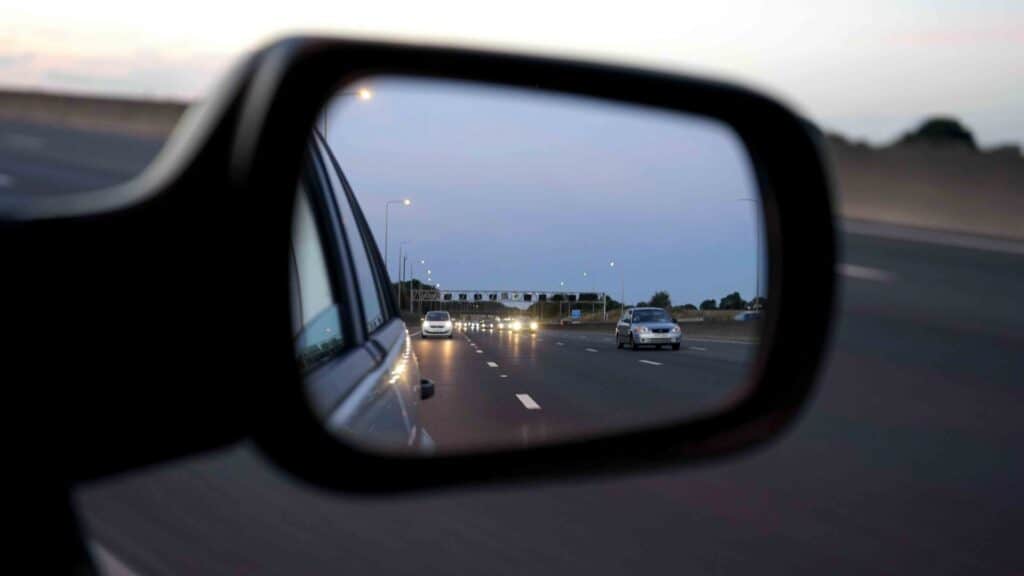Parallel parking is a parking technique in which vehicles are parked parallel in line with other parked vehicles. You do this by pulling up parallel to the car close to the parking and slowly backing up into it. Parallel parking enables you to land in a tiny space compared to cruising into it from the front. Driving ahead into and alongside the road space is generally only possible if two adjacent spaces are empty.
A driver can reap the benefits of a single blank space, not much bigger than the car, by reversing in. Most residential roads have standard roadside parking, and parallel parking could be the only option in city and town centres where space is limited. An exclusive centre that operates as ladies driving school will significantly help every woman who aspires to master the art of driving. Let us discuss parallel parking in detail in the blog here.
Procedures to Follow While Parallel Parking
Slowly turn your car parallel to the vehicle parked next to the open space. Your vehicle should be two to three feet away from the parked car. Examine your mirrors, and check your rear window and right and left side mirrors for additional traffic. When you’re sure there are no other cars in your blind spot, put your car in reverse. Begin backing up by reversing your vehicle anywhere along the edge of the parked vehicle. Start turning your steering to the right.
Adjust the steering wheel. Slowly adjust your steering as you move into the vacant parallel parking spot, continuing to move back down and towards the parked vehicle on the other side of the parking space. As you manoeuvre your vehicle, check all mirrors, windows, and front windscreen to ensure you aren’t in danger of colliding with any cars encroaching the parallel parking space. Start turning the steering to the left. Once the front of your vehicle has passed the car in front of you, check to see how close you are.
Look into your back view mirror as you continue to inch in reverse and begin to stabilize your steering. Once your vehicle is straight, and as nearest to the sidewalk as possible, you might have to switch into forward motion. Ensure that you have equal space behind and in front. A parking meter is assigned to several parallel parking spaces in large metropolitan areas. Remember to drop coins into your toll booth after you park.
Put the vehicle in reverse. To leave a parallel park, shift into reverse and away towards the car in front of you. Back up as far as you can without trying to put yourself at risk of colliding with the other vehicle. Then, turn your steering to the left and put your car in drive. Examine the lane you’re about to enter for traffic. Slowly start driving out of the parallel parking, taking care not to get too nearer to the rear bumper of the car parked in front of you.
An Overview of Other Ways to Parallel Park & How to Pull Out
Another option is self-parking. You could be hesitant if this is the first time you’ve done something like this. It’s reasonable to say that self-parking will outperform. Don’t worry if you can’t afford it and are still concerned about parallel parking. It is not a crime to take time and park carefully. Furthermore, taking a few extra minutes to check your placement will not land you in jail. You could also ask a passer-by or a friend to keep an eye on your vehicle while you park. The extra pair of eyes will ensure that you don’t collide with other cars, causing traffic to slow down. Exiting a parallel parking spot is much easier than entering one. Get assistance from a professional driving school in Madurai. The following are the steps to take:
- Begin by ensuring that your tires are parallel. As you gradually reverse toward the vehicle in front of you, keep a close eye on your reflectors. When backing up, stay within a reasonable distance.
- Maintain a watchful eye for other drivers and pedestrians as they come near your car by tilting your head and using your mirrors.
- Use your back mirror to scan for potential hazards as you indicate your entry into the traffic lane.
- When it is safe to move forward, turn your head to the left and steer left. By having a look towards the front of your vehicle, you can ensure that you can clear the car ahead of you.
- Turn around and check next to your left shoulder for any potential hazards. Move forth and position yourself in the traffic when it is safe.

Additional Warnings to Look Out for While Parallel Parking
- Play it safe.
- Avoid colliding with the vehicle right in front of you. If you need more space, you could always park the car if traffic permits.
- Avoid parking close to a curb when there are wide “low-profile” wheels or hubcaps.
- Keep the steering in motion when driving, even if it only moves a small amount forward or backward. Your steering elements will not be subjected to undue stress, and holding the wheel for more than a few minutes in an intimidating turn can damage the power steering.
Final Words
Parallel parking is among the most dreaded driving skills, but it can be very simple once you learn how it works. Parallel parking is more challenging than both angle and perpendicular parking, but just like everything else, practice makes perfect. Do you want to learn to parallel park with a driving instructor? Enroll in the best Madurai driving school, like Solamalai, right now.



